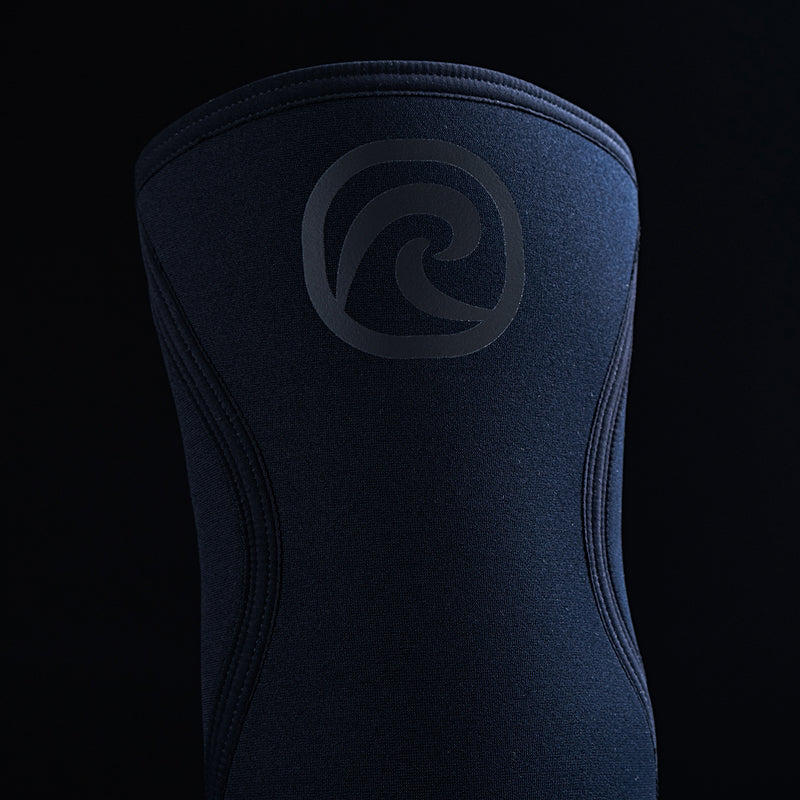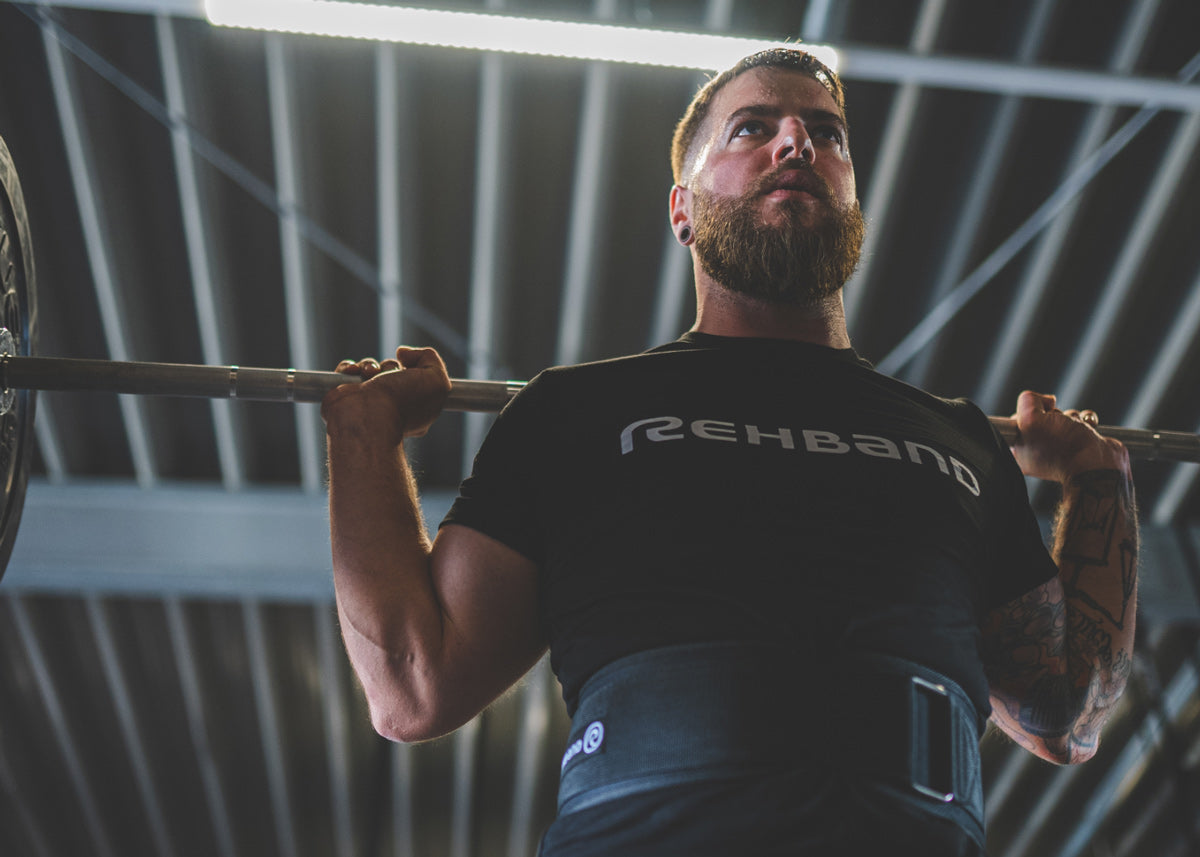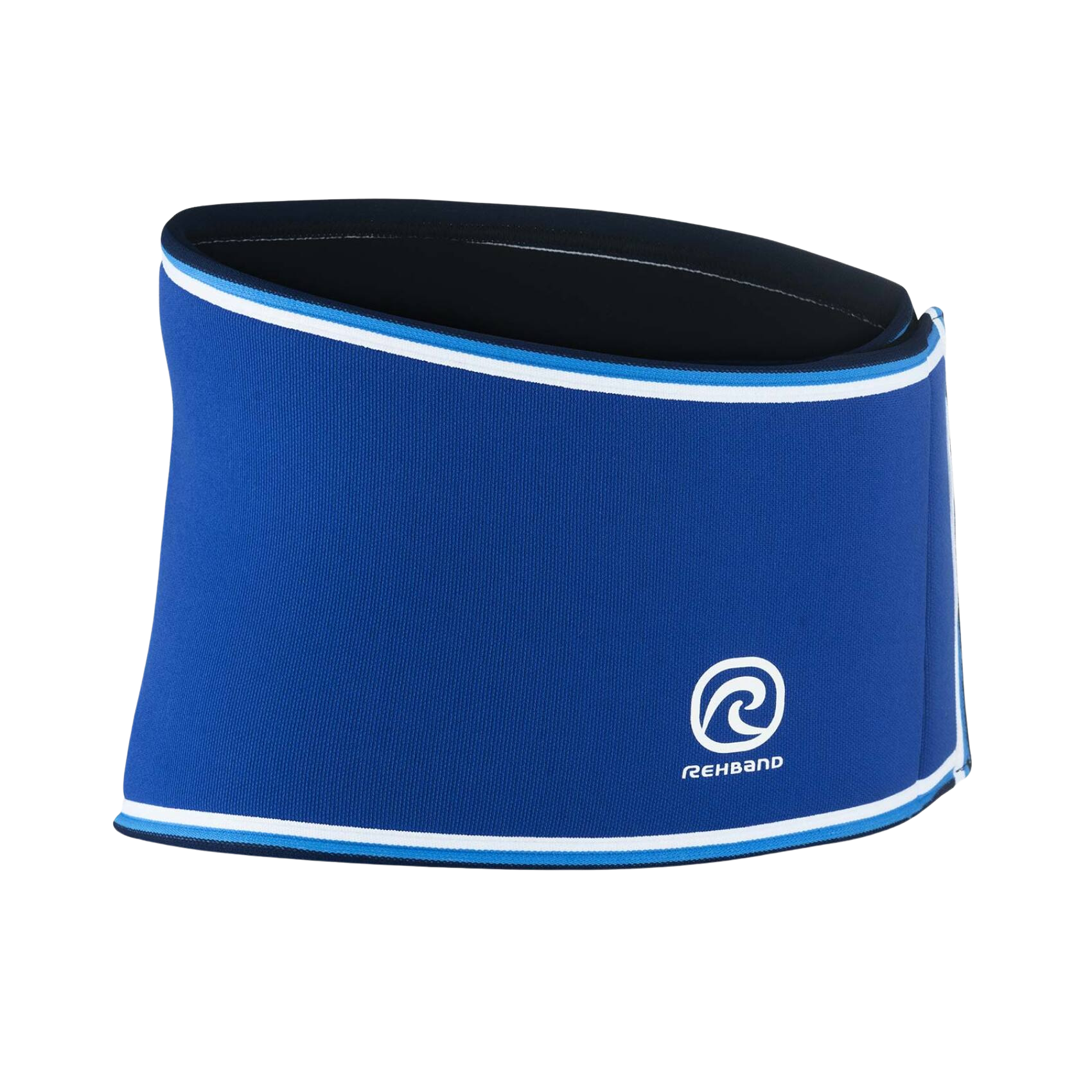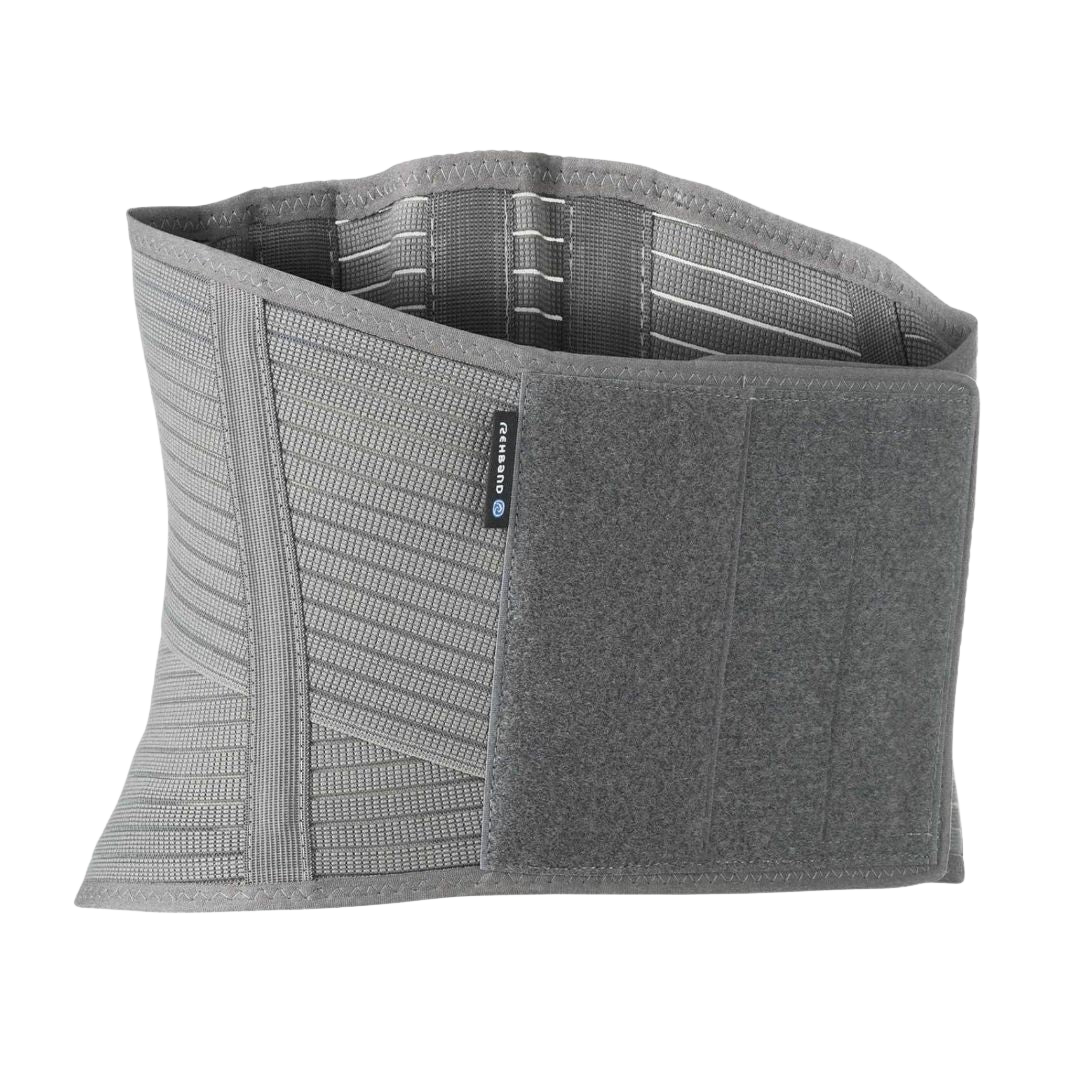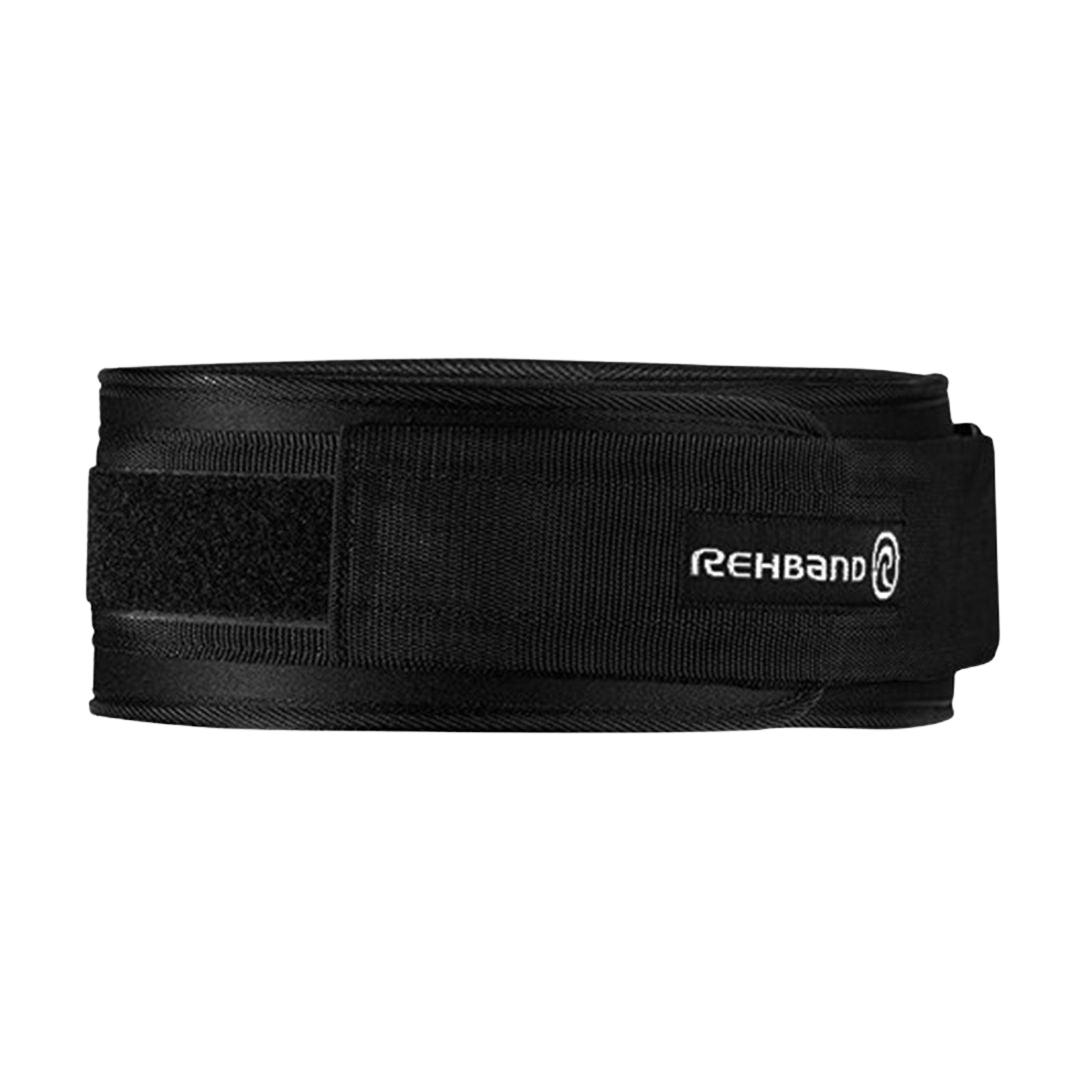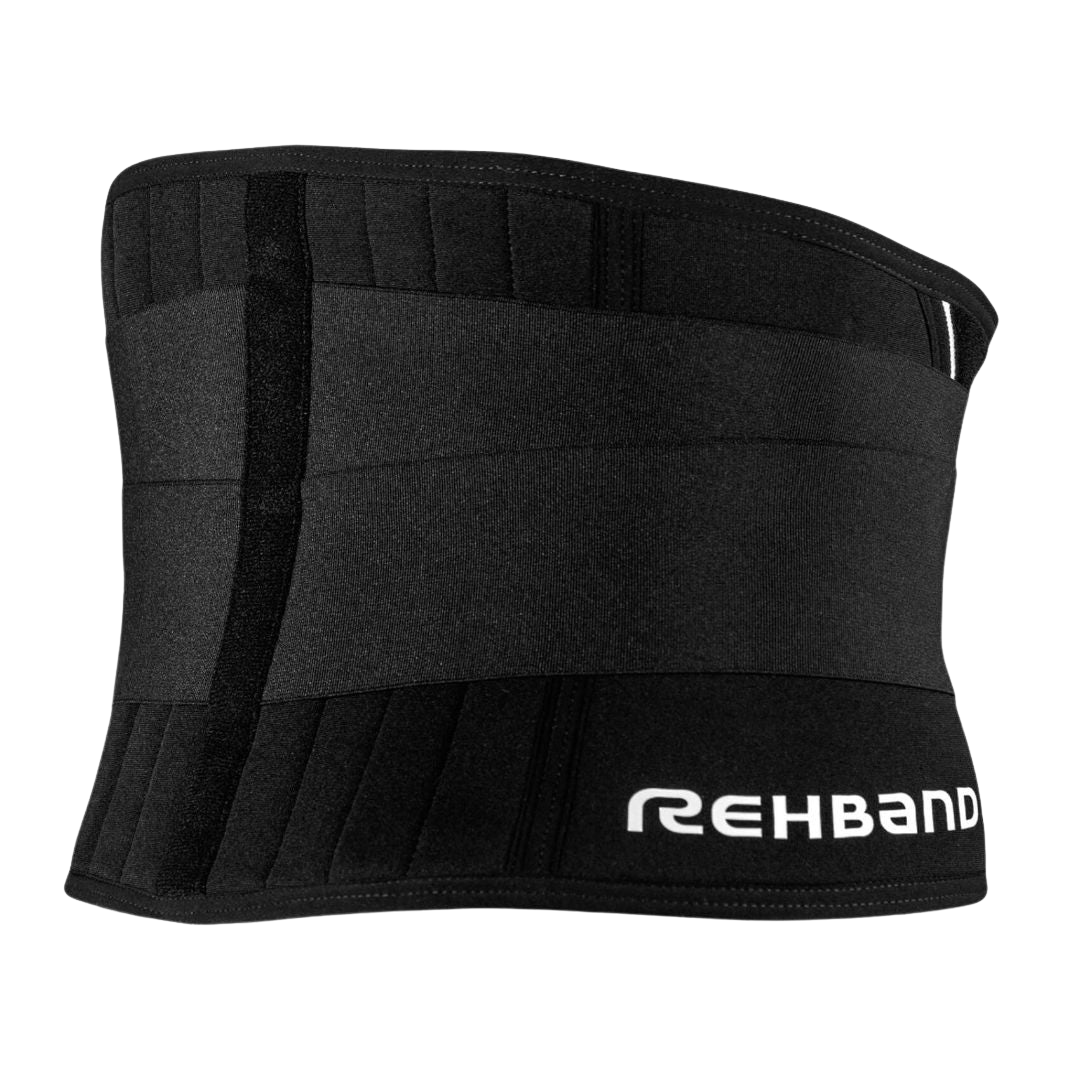2
Of the most common types of back related problems
This article will cover the two most common types of back related problems: diffuse back pain and lower back pain. We’ll look deeper into the symptoms, possible causes and treatments, because however painful it might be there are things you can do to help prevent and relieve the pain and its symptoms.
DIFFUSE BACK PAIN (BACK INSUFFICIENCY)
This pain is mostly localized to the lower back and adjacent areas. Symptoms may persist for a few days to weeks, alternating with pain-free periods.
SYMPTOMS
- Tiredness and pain in the lower back
- Stiffness and pain in the mornings and/ or after exertion
- This pain is accentuated in the event of e.g. sitting for long periods, standing, lifting and working while leaning forward or after taking part in sports
POSSIBLE CAUSES
- Poor posture
- Hypermobility
- Overexertion
- Reduced trunk stability due to weak stomach muscles
- Tense muscles: back of the thigh, seat muscles and hip flexors
TREATMENT
- Active posture correction
- Stabilization training of the trunk and back muscles
- Coordination training and weight training to strengthen weak muscles
- Stretching
LOWER BACK PAIN (LUMBAGO)
Lower back pain is typically recognized by pain in the lumbar region, although it can be felt anywhere along the spine – from the neck down to the hips. It often has a rapid onset, possibly radiating into the buttocks.
SYMPTOMS
- Reduced mobility and stiffness in the lumbar region
- Cramps in the back muscles on one side of the body
- Sharp pain when executing certain movements
POSSIBLE CAUSES
- Lifting while at the same time twisting the back, for example when clearing snow
- Poor working position, e.g. leaning forwards
- Poor warming up
- Stiff, short muscles
TREATMENT
- Rest in a pain free position
- Activity without pain over the first few days to promote circulation of the blood, e.g. short walks
- Gradual increase in exercise in the form of mobility, stability and strength training
- Anti-inflammatory medicine
- Do not take part in activities which make the pain worse
- See a doctor or physiotherapist if the condition worsens or fails to get better
A strong back is both well controlled in stability and adjustable in flexibility at the same time in order to create the best foundation for all training. The right support for your back helps with improving your performance and prevents injuries. Rehband back supports provide both stability and pain relief if you are already affected by back-related problems such as back insufficiency, lumbago, disc rupture, sciatica or hypermobility. We provide a variety of back supports, offering a range from lighter back supports (QD Back Support 5mm) to more rigid supports (UD X-Stable Back Support) or special back supports for weightlifting and powerlifting (X-RX Back Support).
If you have questions about our products you can reach out to the Rehband customer service. If you have pain and it doesn't start to improve within a few weeks or stops you doing your day-to-day activities you may want to consider approaching a physiotherapist or specialist doctor to examine your back and discuss possible support and treatment options.
Recommended Back Support

